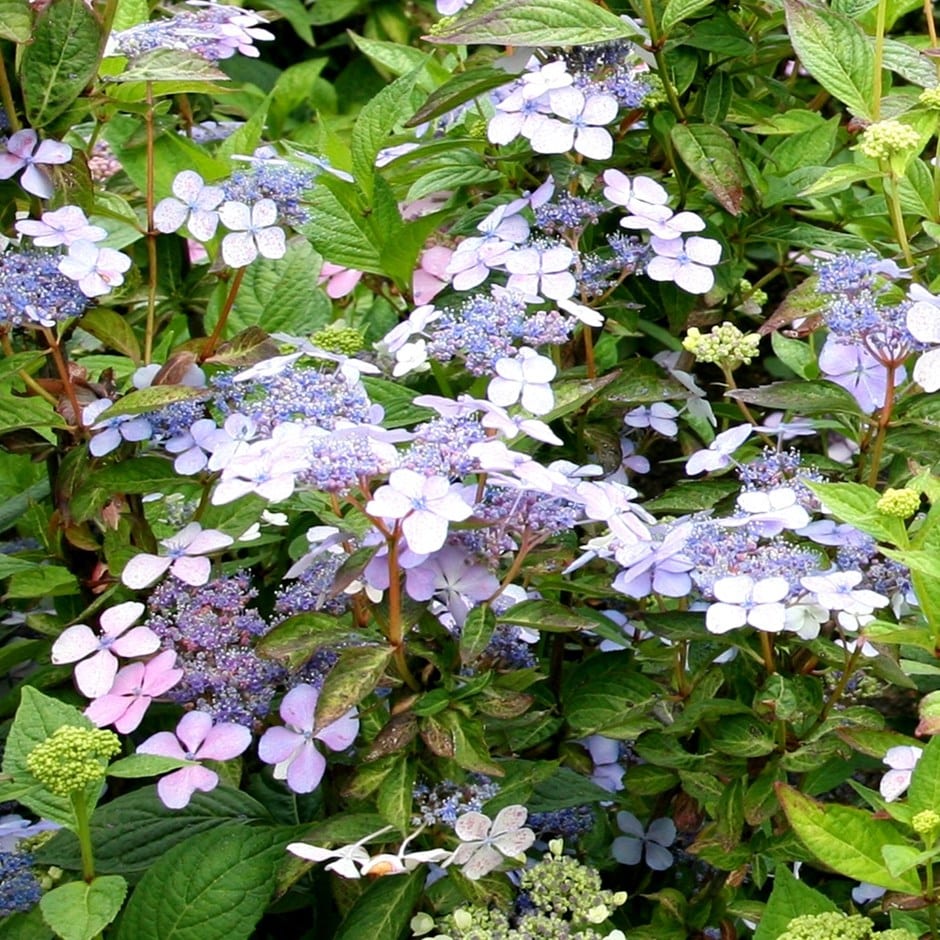Hydrangea serrata 'Bluebird'
hydrangea




Full sun / light shade
Average
Moderately fertile, moist, well-drained soil
Fully hardy


Viburnum tinus 'Eve Price'
laurustinus
| 2 litre pot | £14.99 |
|
|
| 3 × 2 litre pots | £37.79 |
|
|
| 9 litre pot | 60 - 80cm tall | £89.99 |
|
Clematis 'Gipsy Queen'
late large flowered clematis (group 3) (syn. Jackmanii Superba)
Liriope muscari
big blue lily-turf
| 2 litre pot | £11.39 |
|
| 9cm pot | £7.79 |
|
| 3 × 9cm pots | £11.97 |
|
| 3 × 2 litre pots | £28.79 |
|
| 6 × 2 litre pots | £41.99 |
|
Clematis 'Étoile Violette'
clematis (group 3) (syn. Clematis viticella Etoile Violette)
| 3 litre pot | 60cm cane | £16.76 |
|
|
| 9cm pot | 30cm cane | £14.99 |
|
|
| 2 + 1 FREE 9cm pots | £29.98 |
|
Get the latest from RHS Plants, including offers and inspiration. Plus - save 10% off your first order when you sign up.
View our Privacy Policy
